The celebration of St Patrick’s Day in London and the contribution of the Irish community to London may seem a fairly recent phenomenon this year marking the twentieth anniversary of the Mayor of London’s celebrations. However, we have a report of celebrations on St Patrick’s day in the capital going back to 1713 when Jonathan Swift recalled seeing “the Mall so full of crosses that I thought the whole world was Irish.” The Shamrock has replaced the cross, but on March 17, the whole world will be Irish.
Irish people have been deeply woven into the fabric of London life for centuries. From the twelfth century, we have records of Irish migrant workers in the then city.
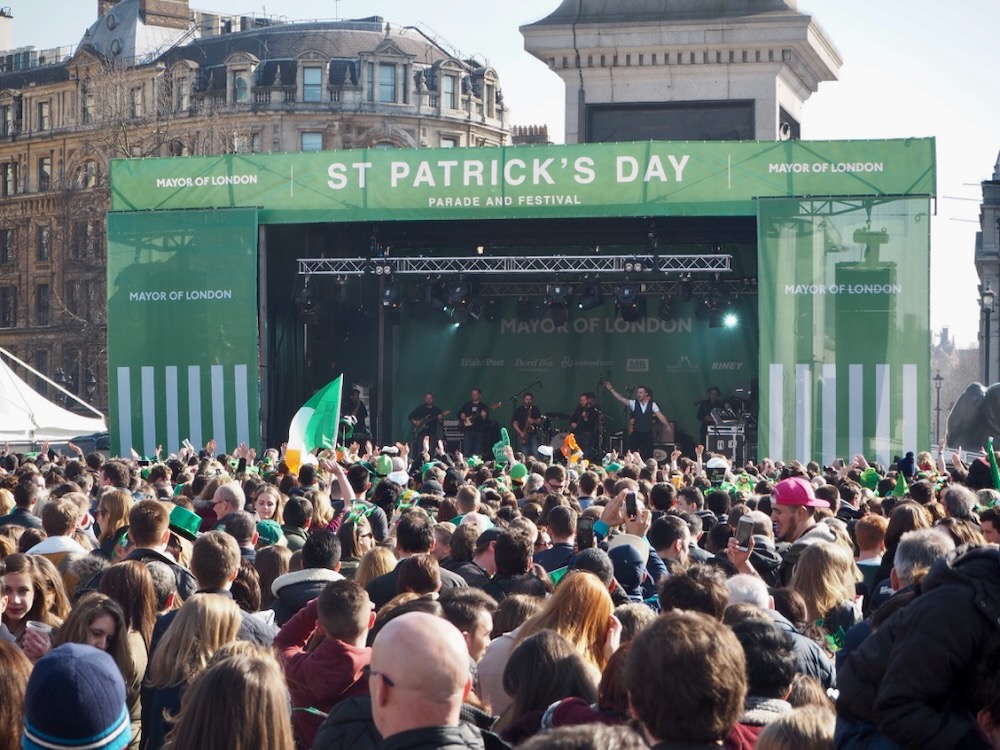 St Patrick’s Day Parade in London. Photo Credit: © Ursula Petula Barzey.
St Patrick’s Day Parade in London. Photo Credit: © Ursula Petula Barzey.
By Tudor times, it was said, “many an Irish chief and noble brought in chains to perish miserably in the gloomy dungeons of the Tower of London.” By the eighteenth century, there were reports of Hurling being played at the back of the British Museum. London being at the heart of the British Empire, brought all “sorts and conditions” of Irish people to London to earn a humble living or to make their name in the political and artistic life of the capital. On my tours, I’m fond of just stopping at some of London’s great buildings or institutions and reminding people of the Irish connections that it can throw up: The Royal Albert Hall was designed by a man from Belfast, or Hans Sloane whose collection formed the basis of the British Museum was from Killyleagh Co Down. Such cities as Boston or Liverpool are associated with Irish heritage, yet London has an overwhelming claim to being regarded as one the world’s greatest Irish metropolises.
My claim that there is no better place to study Irish history than London is a large one but one that is easy to sustain. Ireland being part of the British Empire meant that so much of political history was entwined between the two countries. The giants of Irish Nationalism in the nineteenth century: Danial O’Connell and Charles Stuart Parnell, ought to be seen as two of the most important figures in British Parliamentary history. At the moment, at least, neither man has a statue in the Houses of Parliament, but there has been a campaign to have one erected for Danial O’Connell.
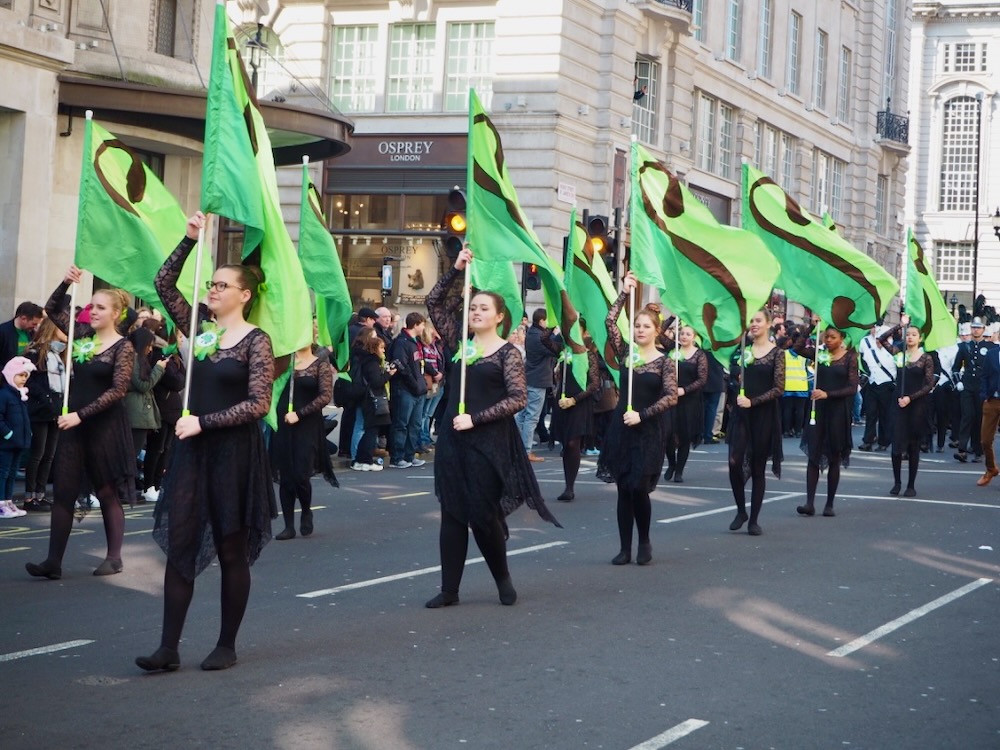 St Patrick’s Day Parade in London. Photo Credit: © Ursula Petula Barzey.
St Patrick’s Day Parade in London. Photo Credit: © Ursula Petula Barzey.
A sometimes-overlooked group of people in the story of Irish in London are the innumerable Irish Artists who have come to London to ply their craft and make their name. Two artists from Cork, James Barry and Danial Maclise, who both bestrode the London art world of their time now a bit neglected, but some of their finest work can still be seen at the Royal Society of Arts and the House of Lords, respectively.
The various waves of Irish emigration into London continue to shape and influence life in the Capital and beyond. The long tradition of Irish actresses dominating the London stage is being maintained in the twenty-first century in the shape of Imelda Staunton, whose parents were part of the Mail Boat generation arriving in London after World War. Catch her in The Crown playing the late queen.
This year’s official celebration will be on Saturday, 12 March. The parade will start at Hyde Park Corner at noon and head along Piccadilly into Trafalgar Square, where we are promised “guaranteed fun and rowdiness” until 6 pm. Live music, dancing, food, and who knows, the “gargle” in the shape of “a pint of your plain man” might also be imbibed. The Craic will ninety Around the square itself, good Irish pubs try The Porter House and The Philomena, both found in the Covent Garden.
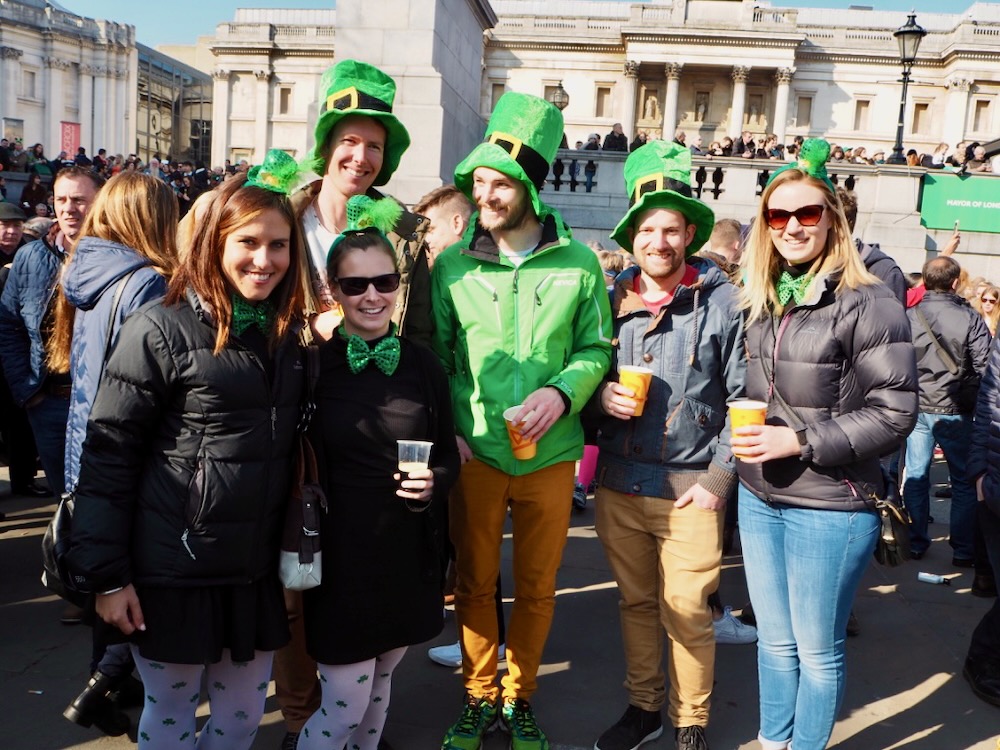 London’s St Patrick’s Day Festival . Photo Credit: © Ursula Petula Barzey.
London’s St Patrick’s Day Festival . Photo Credit: © Ursula Petula Barzey.
Irish in London
Why is St Patrick’s Day such a worldwide event, and why should London, in particular, make a special effort to recognize this 5th-century saint with no personal links to the city? The essence of St Patrick’s Day around the globe is about (excuse the pun) ex-pats. The first recorded public celebration was in Boston, Massachusetts in 1737, with Irish exiles remembering their homeland and their patron saint. The Irish Diaspora, also known as “The Scattering,” is one of the largest in world history: 80 million people worldwide are said to be of Irish descent – astonishing for a country that even now has a population of around 4 million.
London is included in that scattering: it has been claimed that 11% of Londoners have at least one Irish parent and that 19% have at least one Irish grandparent. The claim that the Irish are London’s oldest ethnic minority can only be contested by the claims of the Jewish population. Distinct Irish enclaves were recorded in the 16th century by the Tower of London and on the banks of the Fleet River. Usually associated with the poorest parts of London, the Irish were found in areas around Covent Garden from the 17th century and the docks areas of the East End in the 19th century. However, it is the post-2nd World War influx that tends to be overlooked and underestimated. Of all the Irish children born in Ireland in the 1930s, four out of five would eventually emigrate. Of all those who emigrated, the majority came to London. The famous Irish areas of the Metropolis: Kilburn, Cricklewood, Camden, Hammersmith, or Holloway, with their Irish pubs, Irish dancehalls, and Roman Catholic churches were products of mass emigration from Ireland second only to that which followed the Great Famine of 1845-51.
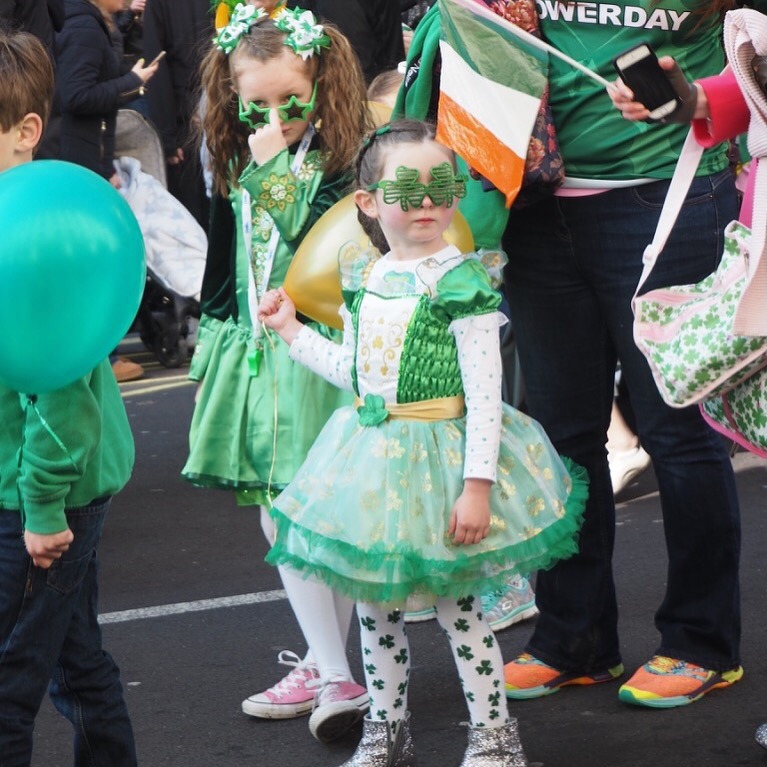 St Patrick’s Day Parade in London. Photo Credit: © Ursula Petula Barzey.
St Patrick’s Day Parade in London. Photo Credit: © Ursula Petula Barzey.
“An Unconsidered People,” as this group has been called, have claims on rebuilding London after the wholesale destruction of the 2nd World War, of bringing about the reality of a National Health Service in the capital, and of ensuring the public transport system had and still has a worldwide reputation. The children of these Irish immigrants have made an inestimable contribution in all fields. Household names such as Mary Portas, Imelda Staunton, and Johnny Rotten are just three random examples of the second generation London-Irish who have left their mark on British national life.
The current generation of Irish immigrants, especially those who have arrived since the economic downturn of 2008, can be seen to differ from their predecessors. Educated and skilled, they are the high end of those coming to take advantage of the glittering opportunities that London offers the clever and the ambitious. Less numerous, they perhaps do not stand out as those who were here in the 1960s, but there are enclaves associated with this new influx: Clapham Junction and Wandsworth Town have echoes, however faint, with Camden Town and Willesden Junction of old.
Beyond the diaspora, it is appropriate that London has an “Irish” day: for so much of Irish history happened in London. Ireland’s greatest writers lived here and wrote some of their most important work here: Swift, Sheridan, Goldsmith, Shaw, Yeats, and Wilde can be legitimately categorized as London Writers. James Joyce was married in London, and Brendon Behan was imprisoned here. The great names of the Irish Nationalist cause: O’Neil, Wolf Tone, Grattan, O’Connell, Parnell, Davitt, and Collins all spent a significant amount of time here, and some of the most pivotal moments in Irish political history were enacted in London. Also, prominent Unionist politicians: the Duke of Wellington, Edmund Burke, and Sir Edward Carson were all closely entwined in the London life of their time.
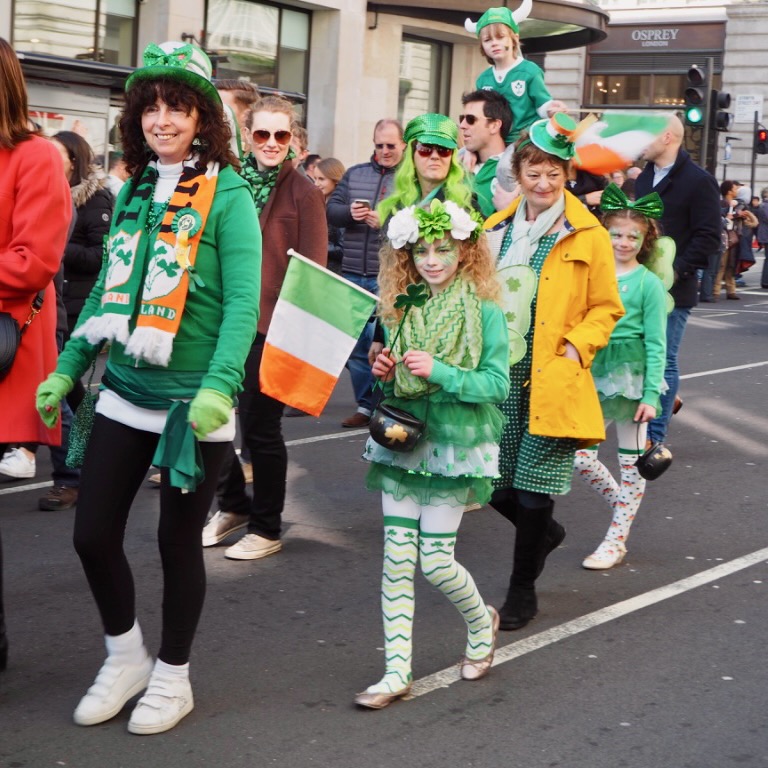 St Patrick’s Day Parade in London. Photo Credit: © Ursula Petula Barzey.
St Patrick’s Day Parade in London. Photo Credit: © Ursula Petula Barzey.
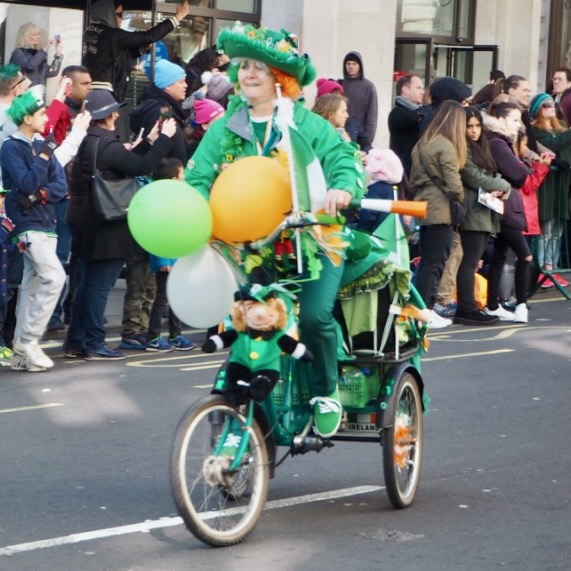 St Patrick’s Day Parade in London. Photo Credit: © Ursula Petula Barzey.
St Patrick’s Day Parade in London. Photo Credit: © Ursula Petula Barzey.



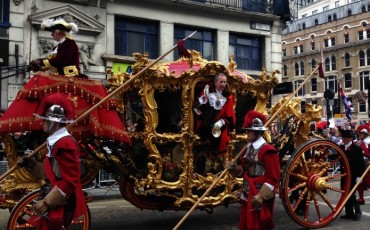
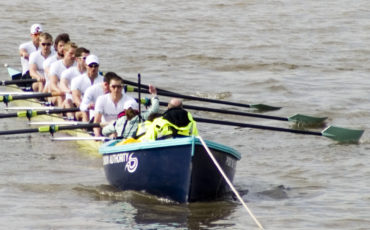


Leave a Reply